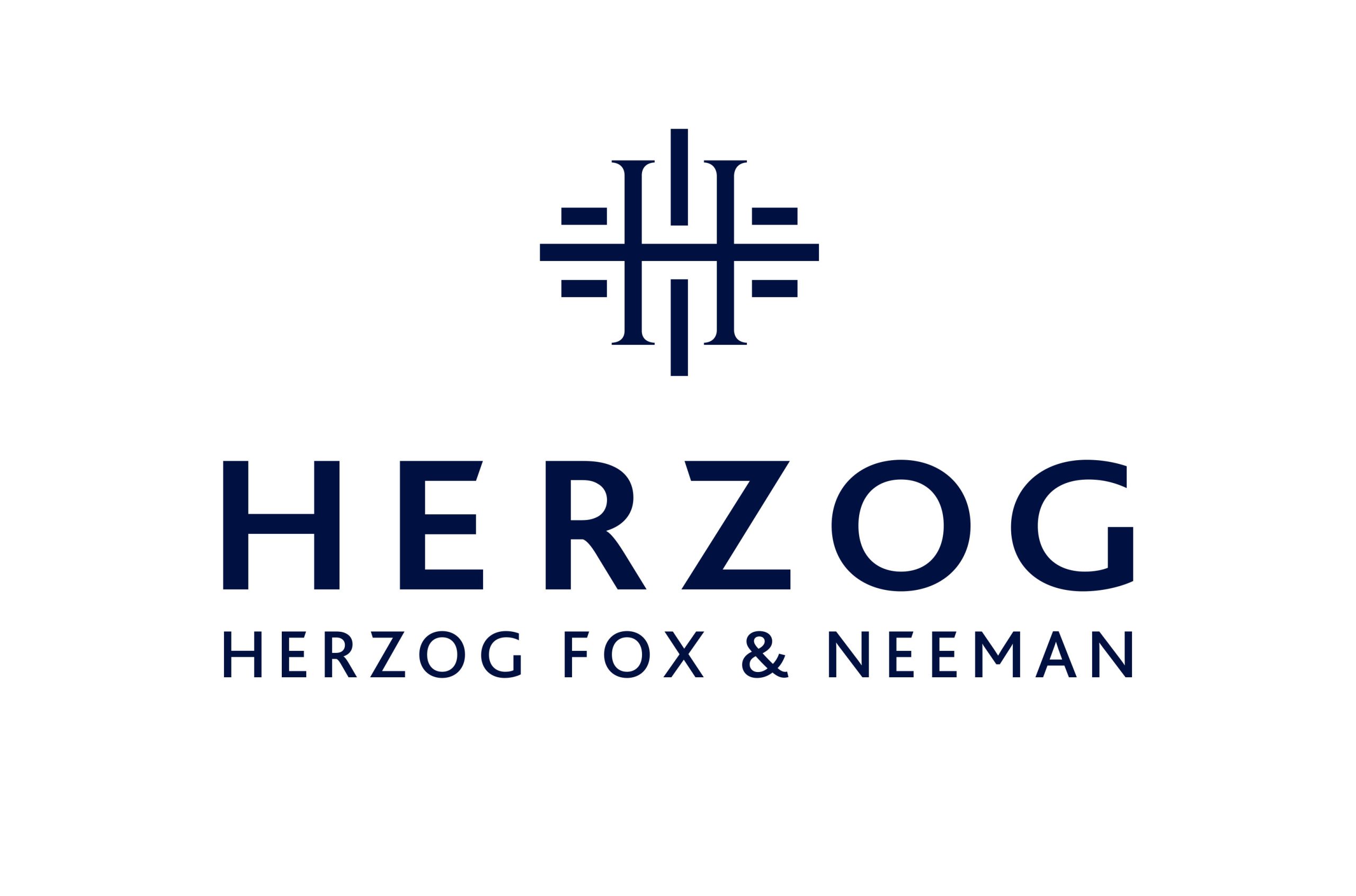Israeli Court Ruling Offers Insights on IP Valuation Principles for Tax Purposes
27 August 2024
Dear Clients, Colleagues, and Friends,
New Court Decision Addresses Certain Tax Aspects Related to the Valuation of IP
The Tel Aviv District Court recently issued a ruling on a tax appeal filed by Western Digital Israel Ltd. (the “Taxpayer“). The case concerns a notice of deficiency issued by the Israel Tax Authority (the “ITA“) that claimed that the value of certain IP sold by the Taxpayer to its non-Israeli affiliate, SanDisk Technologies (the “US Affiliate“), was USD 136 million, rather than the USD 35 million reported by the Taxpayer. The District Court partially accepted the appeal, ruling that the value of the IP was USD 62 million—higher than the USD 35 million claimed by the Taxpayer, but significantly lower than the ITA’s valuation of USD 136 million. The Court also upheld the ITA’s position that the unpaid amount (i.e., the difference between USD 62 million and USD 35 million) should be viewed as an intercompany loan extended by the Taxpayer to the US Affiliate (a “secondary adjustment”).
In his ruling, Judge Kirsch addressed various issues related to IP valuation, which are often raised in audits and tax appeals. This decision follows several other rulings on the transfer of functions, assets, and risks (FAR) (see our client updates on the Broadcom, Medingo and Medtronic cases,), as well as some cases on IP valuation (see our client update on the CA Software case). The Western Digital ruling addresses several aspects of IP valuation and potentially also the valuation of transferred FAR. Below is a summary of this court ruling.
The Facts in Brief
The Taxpayer, an Israeli private company established in 1989, was engaged in developing, manufacturing, and marketing storage solutions based on flash drives. In 2006, SanDisk Corporation, a US company (the “Parent Company“), acquired the entire share capital of the Taxpayer for USD 1.55 billion. The SanDisk group (including the Taxpayer) was later acquired by Western Digital Technologies.
The Taxpayer developed its technology in cooperation with the monetization company of Tel Aviv University (“Ramot“). This cooperation began in 2001 and lasted until 2013, although the initial years did not yield significant results. In 2005, the Taxpayer and Ramot entered into an agreement according to which Ramot would own the rights to the jointly-developed IP, but the Taxpayer would receive an exclusive, worldwide license to use the IP in exchange for royalty payments to be made for 15 years or as long as the IP was protected by a patent. In 2010, this agreement was replaced by a new one, which determined that Ramot would only own IP developed until December 31, 2009, and also altered the royalty payment arrangement (this agreement was further amended in 2013, but the 2013 agreement did not alter the provision regarding the ownership of IP by Ramot through the end of 2009, for a prepaid royalty of USD 16 million).
Starting in 2008, the Taxpayer also provided engineering services to the Parent Company under a cost-plus arrangement (the “Services Agreement“).
The IP developed by the Taxpayer was incorporated into SanDisk’s products from 2009, and these products were manufactured by an Irish SanDisk group affiliate under a license granted by the Taxpayer until February 2014.
In February 2014, the Taxpayer sold its IP to the US Affiliate for USD 35 million. The ITA argued that the IP was actually worth USD 136 million. It is also worth noting that the ITA initially argued that in addition to the technological IP, which was valued at USD 136 million, the Taxpayer also sold “applied know-how” that was valued at an additional USD 27 million. The ITA dropped its arguments regarding applied know-how during the court proceedings.
Key Differences in the Valuations of the Taxpayer and the ITA
Both the Taxpayer and the ITA submitted valuations to the Court prepared by third-party accounting firms. Both valuations applied the discounted cash flow (DCF) method to determine the value of the relevant IP owned by the SanDisk group (which included both IP developed and owned by the Taxpayer, and other group IP) and attempted to determine the portion of the total IP that should be attributable to the Taxpayer.
The parties disagreed on three key issues:
- What portion of the IP did the Taxpayer own?
The first question that the Court needed to answer was what IP exactly the Taxpayer owned (and therefore sold) in 2014. In this respect, the Court first needed to determine since which date did the Taxpayer begin to develop IP for the benefit of other group companies, and second to determine what is the relative value of the developments owned by the Taxpayer compared to the total value of the SanDisk group IP.
The Taxpayer argued that it did not own any portion of the SanDisk group IP that was developed after the signing of the Services Agreement in early 2008. The Court rejected this argument, determining that the Taxpayer owned the IP developed until the end of 2009. This decision was based on several factual findings, including:
- According to the agreements with Ramot, the Taxpayer was required to notify Ramot of any transfer of rights in the IP. Such notification was not made.
- In 2010 and 2013, after the Services Agreement was signed, the Taxpayer entered into new agreements with Ramot regarding the IP. The Parent Company was not a party to these agreements and was not involved in these agreements, as could be expected if it owned the rights in the IP developed since 2008.
- To transfer IP rights to a non-Israeli affiliate, the Taxpayer also needed to receive an approval from the Israeli Innovation Authority (the “IIA“). In 2012, the Taxpayer applied for such approval for manufacturing products implementing the IP outside Israel, without mentioning that the IP was partially owned by the Parent Company.
- SanDisk Ireland received a license to manufacture products using the IP only from the Taxpayer. The Parent Company did not enter into a similar license agreement with SanDisk Ireland.
- The Parent Company did not sell its rights in the IP to the US Affiliate when the Taxpayer sold its IP.
- The Taxpayer’s financial statements described the agreement with Ramot as an acquisition of the entire IP owned by Ramot, without indicating that part of the IP was already owned by the Parent Company.
After concluding that the Taxpayer owned the IP developed through the end of 2009, the Court turned to determine the percentage that should be allocated to the pre-2010 IP out of the total value of the group IP in 2014. The Taxpayer proposed to allocate value based on costs incurred to develop various product features in each relevant period (i.e., pre-2010 and post-2010), weighted by the significance of each feature. The ITA, however, allocated value to the post-2010 period based on the ratio between the post-2010 costs and an alleged value of the IP as of 2010.
The Court rejected both methodologies and, lacking another basis for allocation, decided to use a time-based allocation. Since the IP was developed over a 10-year period (2004 to 2013), and the Court already concluded that the IP was owned by the Taxpayer for a 6-year period (until the end of 2009, the result is that the Taxpayer’s portion of the IP was 60%.
- What was the remaining useful life of the IP at the time of sale?
The parties also disagreed on the remaining useful life of the IP, which is a key factor in its value under the DCF method. The Taxpayer’s valuation assumed a 10-year useful life period for the IP from 2014 based on management projections, while the ITA’s valuation assumed that the IP could be used for up to 14 years from the date of the sale.
The ITA’s position was based on two main arguments, which were rejected by the Court:
- The ITA argued that the fact that the technology was still being used by the group at the time of the appeal, after the end of the 10-year period, proves that the useful life of the IP exceeds the 10-year period argued by the Taxpayer. The Court disagreed, stating that the value of the IP and its remaining useful life period should be determined based on information that was available at the time of the agreement.
- The ITA argued that the agreement between the Taxpayer and Ramot assumes a 15-year useful life period as of December 31, 2009. The Court rejected this claim as well. The ITA based its position on the fact that the Taxpayer was required pay royalties to Ramot for up to 15 years from the date in which a certain milestone was achieved (in December 31, 2009), however the fact that royalties are payable for a 15-year period does not necessarily indicate that the actual expected useful life of the IP was indeed 15 years.
Lacking any arguments to contradict the Taxpayer’s management’s projection, the Court confirmed that the relevant remaining useful life of the IP for the valuation purposes is 10 years.
- Should the routine returns of other group companies be reduced from the expected cash flow?
In its DCF calculation, the Taxpayer allocated some costs to the non-Israeli group entities’ manufacturing and distribution activities, based on a cost-plus compensation with margins of 5% and 3%, respectively. Thereby, the Taxpayer effectively decreased its cash flow in subsequent years and by doing so reduced the value of the IP under the DCF model. The ITA argued that this allocation was unreasonable and that the routine returns payable to other group companies are probably already included in the reduction of the operating profit in the Taxpayer’s model. The Court rejected the ITA’s position, stating that it is not based on any supporting evidence.
Secondary Adjustment
The Taxpayer argued that the ITA was not authorized under Israeli law to asses a secondary adjustment in the form of a loan (or otherwise). The Court rejected this argument, citing the Israeli Supreme Court’s ruling in the Kontera case.
However, the Court accepted the Taxpayer’s argument that the interest rate (3%) used by the ITA for the deemed loan was excessive. The Taxpayer’s financial statements revealed that it extended a loan to a related party with an interest rate of only 2%, which was not challenged by the ITA as being a non-arm’s length interest rate. The Court emphasized that the existence of other intercompany loans with a higher rate of 3% on the Taxpayer’s financial statements was irrelevant, both because these loans were for significantly smaller amounts and because these loans were eventually written off.
* * *
The Western Digital ruling underscores the importance of involving tax experts in all stages of intercompany transactions and IP-related agreements. Proper drafting of intercompany agreements, as well as agreements with third parties, and careful, informed handling of valuations, can make the difference between winning and losing multi-million-dollar tax cases.
Our tax department has extensive experience in these issues. We are available to discuss the potential impacts of the Western Digital ruling or to provide any tax advice related to the matters discussed herein.





